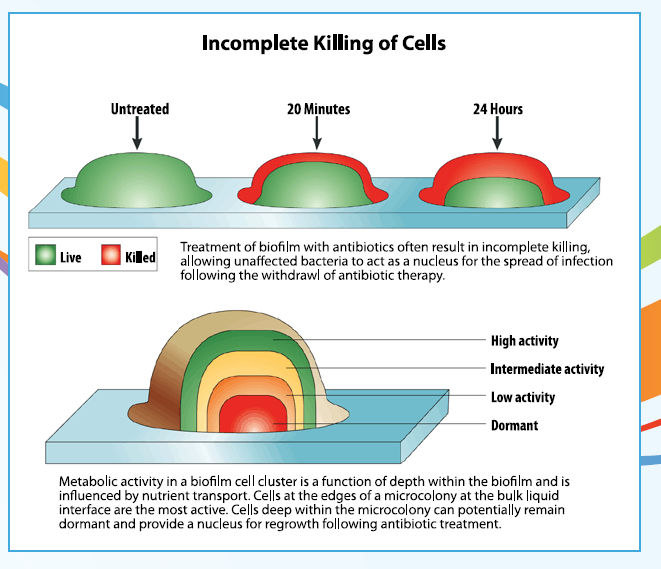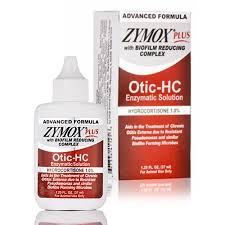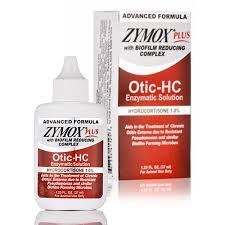Engineered to aid in the management of the toughest chronic otitis externa cases due to resistant organisms, such as those that form complex biofilms as in pseudomonas and Methicillin-resistant Staphylococcus aureus. Features increased potency of the patented LP3 Enzyme System PLUS four additional biofilm-reducing enzymes formulated to destroy the hard-to-penetrate biofilm. When combined, the results are antibacterial, antifungal and anti-yeast along with effective biofilm removal. Advanced Formula ZYMOX Otic’s advanced enzyme technology makes caring for a pet’s ears easy and fear-free with reduced touching of sensitive ears. With 1% hydrocortisone for relief of itching due to minor inflammation, dermatitis or other minor irritations. For use on any age dog or cat.
Made in the USA.
Uses
- Resistant otitis
- Antibacterial, antifungal, anti-yeast
- Antibiofilm technology
- Itch relief
- Irritated or inflamed ears
- Removal of ear exudate
- Promotes healthy ears
- For dogs and cats
- For pets who swim
- Pets who live in moist or hot environments
Features
- Soothing
- Non-toxic
- No PRE-CLEANING of the ear
- Fear-free ear care
- Easy, once daily application
- No antibiotics
Available sizes: 1.25 oz

Managing Bacterial Resistance
Biofilm producing infections are 10 to 100x more resistant to the effects of antimicrobial agents
What is Biofilm?
Biofilm is an ill-defined mix of polysaccharides, nucleic acids and proteins encased in a slimy matrix created by microorganisms to house DNA. Biofilm is the believed to be a culprit for antibiotic resistance and the reason many otitis cases are persistent or recurring. Due to incomplete killing of cells, bacteria can remain hidden in a complex biofilm even after the infection appears to be resolved, patiently waiting for ideal conditions to multiply and re-infect.
How Advanced Formula ZYMOX PLUS Otic Works
The Advanced Formula ZYMOX PLUS features the patented LP3 Enzyme System PLUS four additional enzymes. The combination of mutanase, dextranase, cellulase, and betagluconase work to attack the complex biolfilm structure, prevent adhesion and metabolize its components. When combined with the antimicrobial LP3 Enzyme System, the results are antibacterial and antifungal along with effective biofilm removal.
Mutanase can exhibit diverse action pattern but fundamentally degrades [beta symbol] ?-1, 3-glucan to glucose, making it water soluble.
Dextranase is an enzyme which catalyzes the endohydrolysis of 1,6-a-glucosidic linkages in dextran resulting in damage to the biofilm.
Cellulase is critical to an antibiofilm enzyme preparation, as cellulose is found in most biofilms. Cellulase has been shown to significantly reduce biofilm formation by the pathogen Pseudomonas aeruginosa.
Beta glucanase is another important antibiofilm component that provides powerful anticandidal biofilm activity by lysing the glucans that are common in candida biofilms and compose up to 60% of fungal cell walls. Beta-glucan secreted by candida cells within biofilms significantly increase the organism’s resistance to antifungals and enzymatic breakdown of the beta-glucan can make candida more susceptible to destruction.










